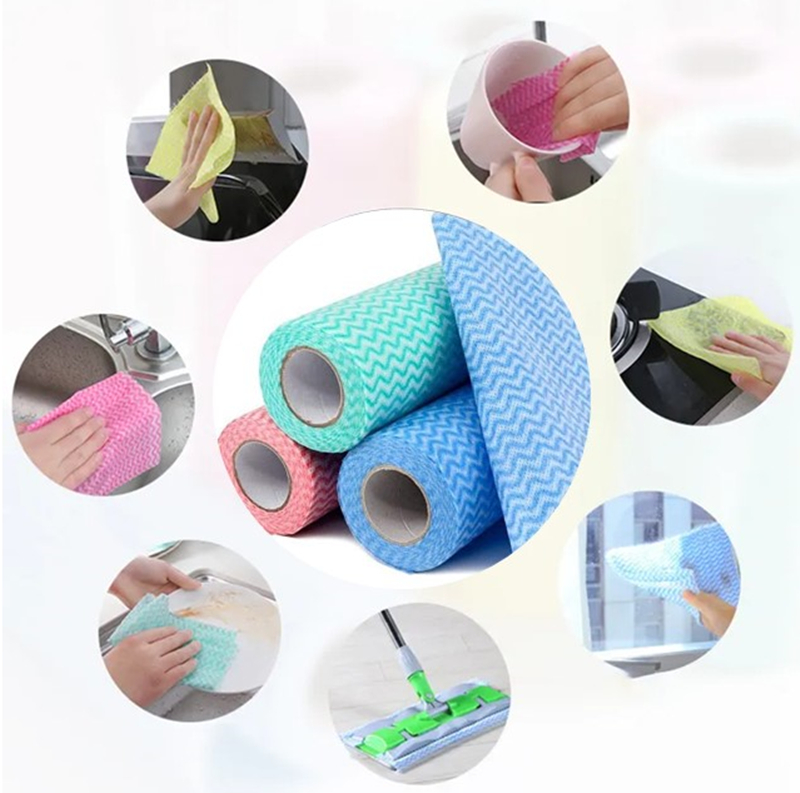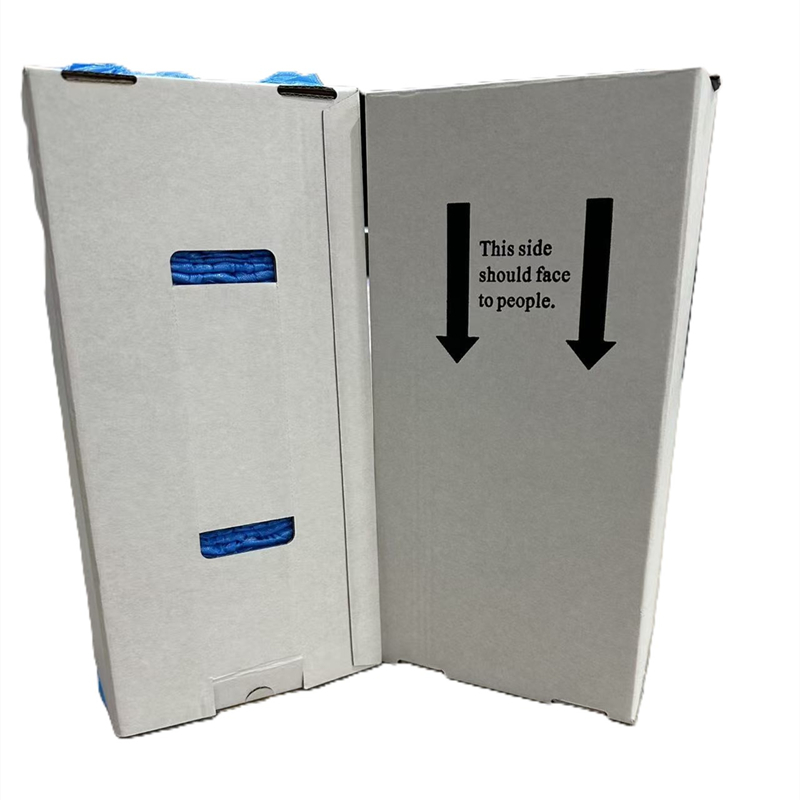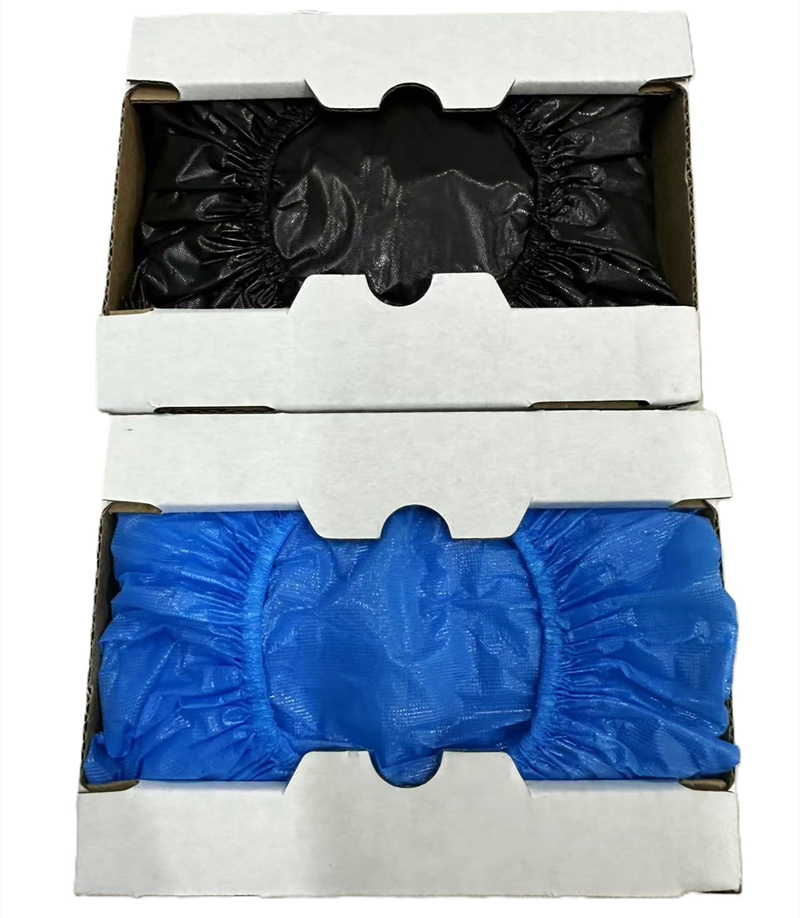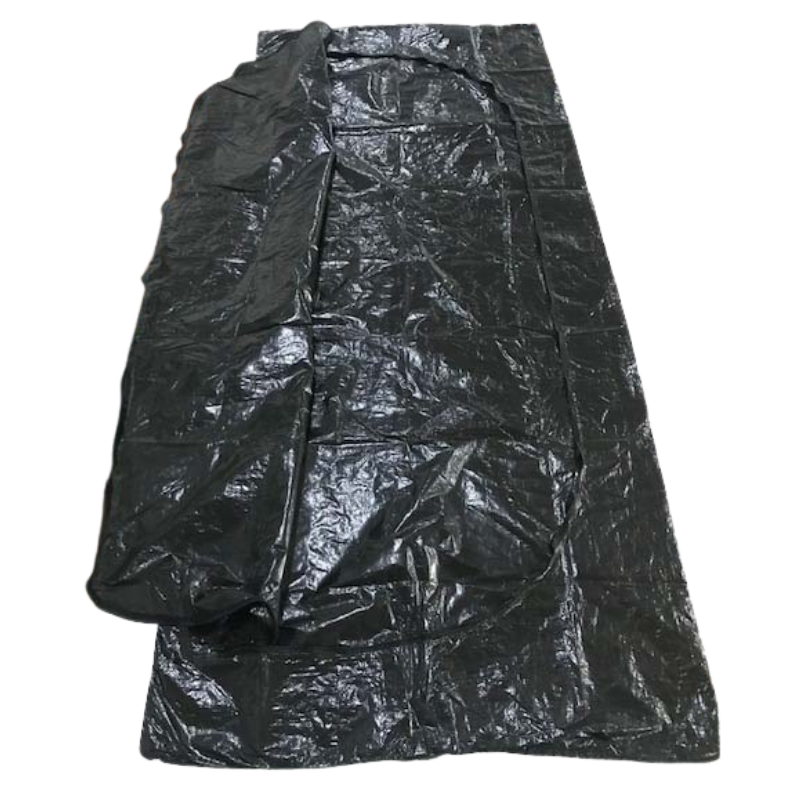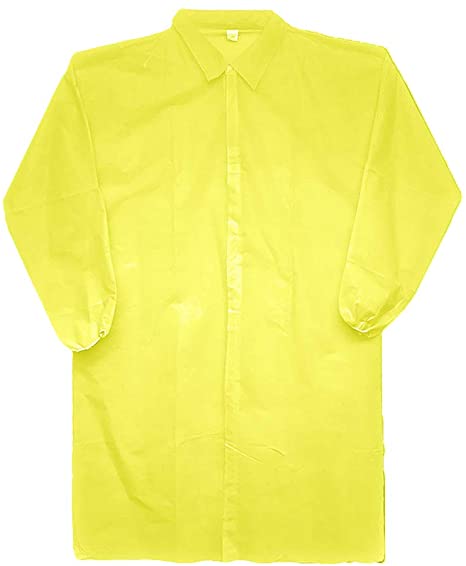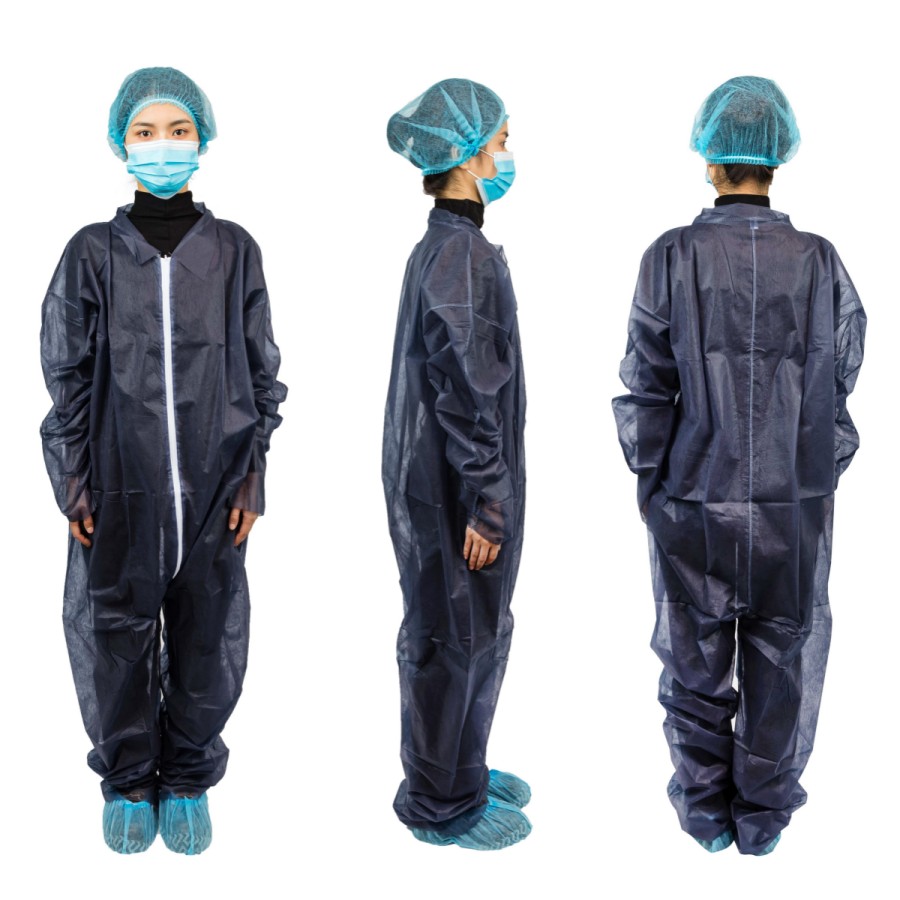Keeping commercial kitchens very clean is super important. Think about big kitchens in schools, hospitals, or restaurants. They make food for lots of people! But sometimes, cleaning takes too long and isn’t done well. Workers can spend lots of time just washing old cloths. Now, something new is helping: disposable dishcloths. These single-use wipes are changing commercial cleaning practices for the better.
Why are they so good? Old cloths can spread germs. These new disposable cleaning cloths help stop that. They help kitchens follow safety rules, save money, and can even be good for the Earth. This is all about sustainable cleaning solutions.
Let’s learn about the future of kitchen hygiene. We’ll see why old ways cause problems. We will find out how nonwoven kitchen wipes help make hygienic food preparation safer and easier. This is key for good commercial kitchen sanitation.
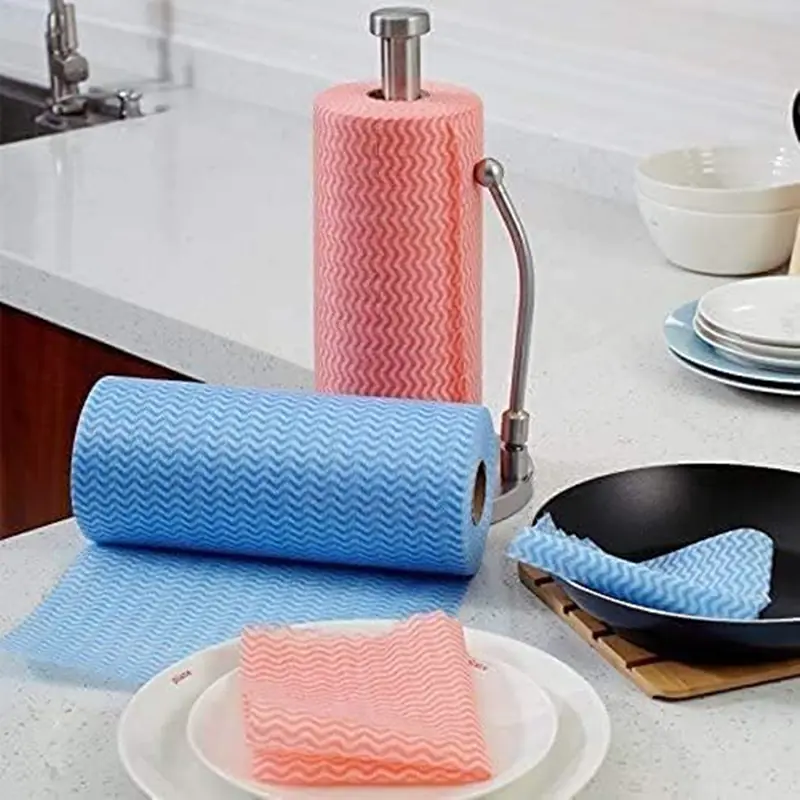
The Big Problems with Old Wash Cloths
For many years, kitchens used cloth towels over and over. They washed them and used them again. But these reusable cloths can cause trouble.
- Germs Love Old Cloths: Wet, used cloths are like tiny homes for germs (pathogens). You can’t see these germs, but they can make people very sick. Washing the cloths doesn’t always get rid of all the germs. Studies show that even after washing, reusable cloths can still hold 10% to 30% of the bad germs! This is a big risk. It helps germs spread from one place to another. This is called cross-contamination, and we need cross-contamination prevention. It makes foodborne disease prevention much harder. We need good pathogen control to keep food safe.
- They Cost More Than You Think: Washing cloths costs money. You pay for soap, hot water, and electricity for the machines. Workers also spend time doing the laundry. This adds to the labor costs. Plus, you have to keep buying new cloths when the old ones get worn out. It adds up! Better industrial cleaning efficiency is needed, maybe through labor cost optimization.
- Rules Are Hard to Follow: Big kitchens have very strict food safety compliance rules. They need safe sanitation protocols. Using old cloths that might carry germs makes it hard to follow rules like HACCP standards. Kitchens need to pass checks, sometimes called third-party audits, to show they are safe. Failing these checks is bad for business. Good Hygienic Manufacturing Practices (HMP) depend on clean tools, which is why compliance is key.
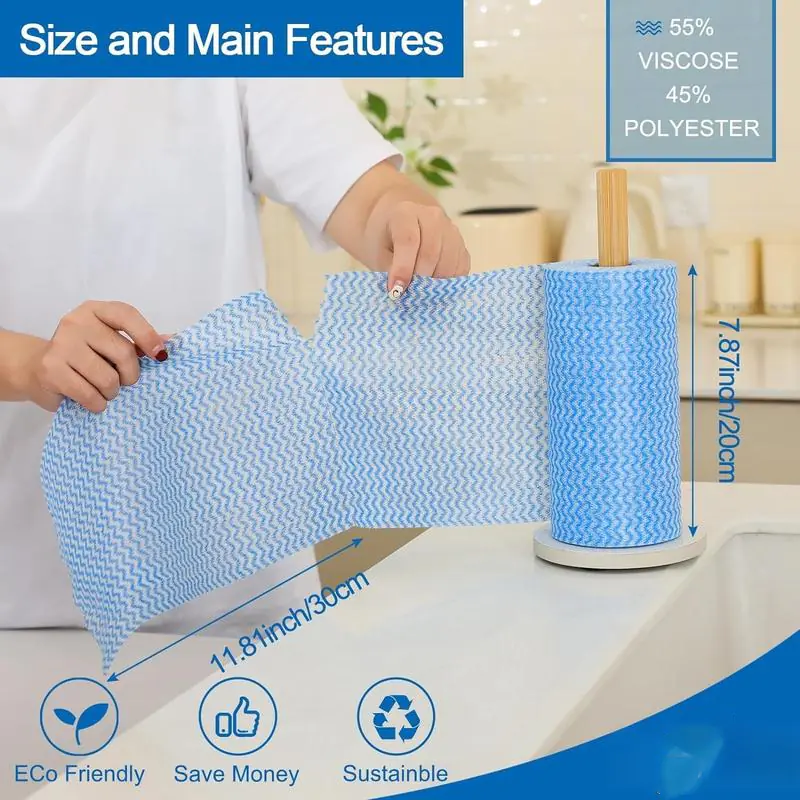
How Do These New Throw-Away Cloths Work?
What makes disposable dishcloths special? They are made using smart ideas and materials.
- Special Materials: Most are nonwoven kitchen wipes. This means the tiny threads, called fibers, are pressed together, not woven like your t-shirt. They can be made from things like ultra-absorbent cellulose, which soaks up spills really well. Some are made from new bioplastics like PLA or PHA. These bioplastic innovations mean some are biodegradable dishcloths. They can break down in nature after you throw them away. You want to look for food-safe textiles. Some use hygroscopic materials that grab lots of water (high-absorption dishcloths). Many offer lint-free cleaning, meaning they don’t leave little bits behind. This is also called low-lint wiping. Some even have antibacterial additives or are made from pathogen-resistant materials to stop germs. Some use strong cross-linked cellulose fibers.
- Helpful Features:
- Ready to Use: Some cloths come wet with cleaner already on them. These are pre-moistened wipes. They have the perfect amount of disinfectant saturation to kill germs.
- Color Power: Many places use color-coded hygiene systems. For example, use a blue cloth for tables and a red one for floors. This stops germs from moving between areas. It also helps with allergen control by keeping things separate.
- Earth-Friendly Options: Some cloths are compostable materials. This means they can turn back into dirt if put in a special bin for industrial composting. Others are recyclable wipes. They can be sent for polymer recycling to make new things.
- They Really Work: Imagine a hospital kitchen that had problems with bad germs like Listeria. By switching to single-use cloths, they could cut down those germs by a lot – maybe even 72%! This shows how well bacterial growth inhibition works with these cloths.
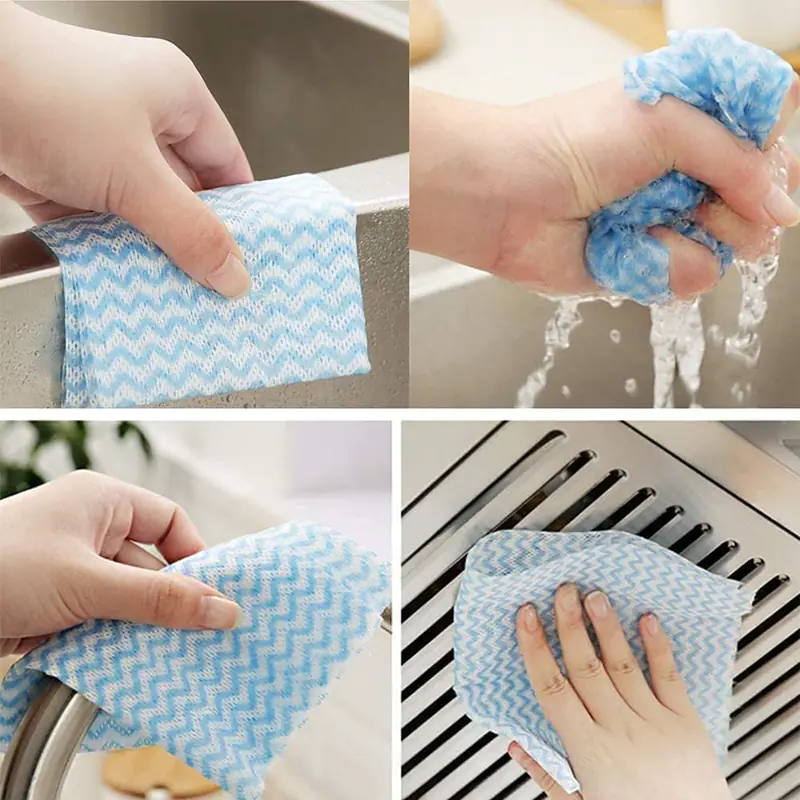
Why Are So Many Kitchens Using Them?
Lots of places are making the switch to these disposable supplies. Here’s why:
- Save Money: No more washing cloths means workers save time. This cuts labor costs. A busy kitchen might save 15 to 20 hours of washing time each week! That means workers can do other important jobs. Over a whole year, a kitchen could save $1,200 or more on water, power, soap, and work time. It’s good cost-effectiveness. Buying bulk disposable supplies can also help save money. Some places use vendor-managed inventory, where the supplier keeps track and sends more cloths automatically.
- Super Clean Means Super Safe: This is the biggest win. Use a cloth once, then throw it away. Germs don’t get a chance to spread. This is very important, especially with post-pandemic protocols that require extra safety. Disposable cloths work great with common cleaners, sometimes called Quaternary Ammonium Compounds (Quats). They can even be part of systems using UV-C disinfection integration, which uses special light to kill germs. Using NSF-certified products means they meet safety standards. It all adds up to better commercial kitchen sanitation.
- Helping the Planet (If You Choose Right!): It might sound strange that throwing things away can be good. But some eco-friendly dishcloths are better than washing old ones over and over. Compostable cloths break down into soil. Recyclable ones become new products through closed-loop recycling. Studies show that reusable cloths, like microfiber, can use three times more water and energy over their lifetime compared to compostable disposables (if composted right). Look for green certifications to be sure. This fits with circular economy models and helps with carbon footprint reduction and sustainability reporting. Many places want zero-waste kitchens and use waste reduction strategies. They might look for plastic-free alternatives. Some waste can even be turned into energy through waste-to-energy conversion. Good waste segregation systems help sort everything correctly.
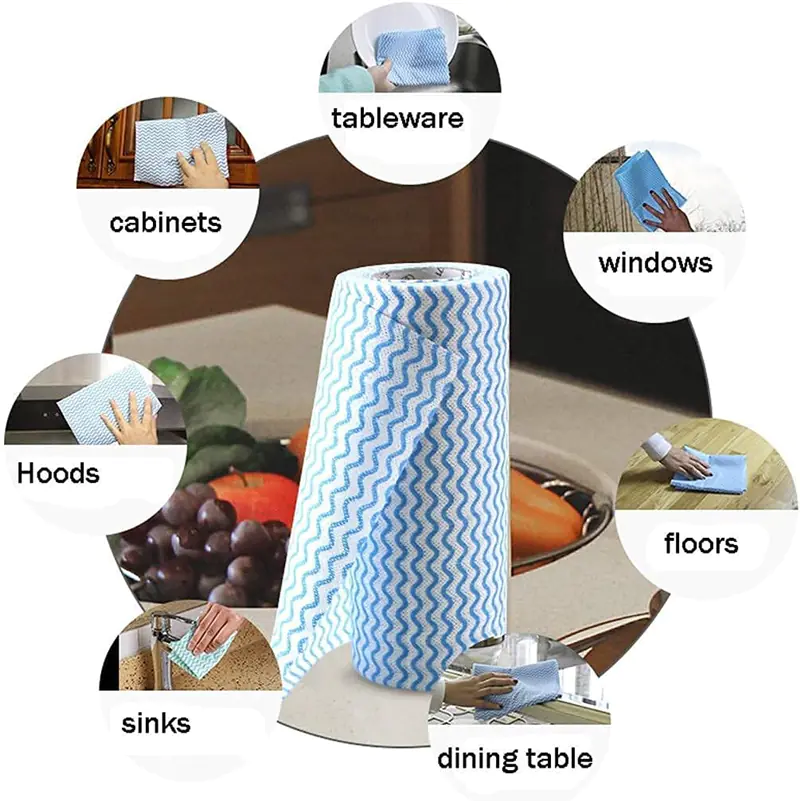
Throw-Away vs. Wash-Again: Let’s Compare
How do the new cloths stack up against the old ones? Let’s look at the numbers.
- Germs Galore vs. Germs Gone:
- Old Cloths (like Microfiber): You can wash and reuse them. But tests show that almost 7 out of 10 microfiber cloths still have bad germs hiding in them even after 10 washes! They are a risk for food contact surfaces.
- New Disposable Wipes: They kill 99.9% of germs in just one use! That’s a huge difference for pathogen kill rate.
- Following the Rules: Using single-use cloths makes it much easier to meet food safety compliance rules. It helps pass kitchen audit compliance checks and follow HACCP plans. It avoids the problem of inspectors finding dirty cloths. Hygiene zoning protocols (using different tools for different areas) are simpler too. You can even use ATP testing kits (special swabs) to prove surfaces are truly clean after wiping.
How to Start Using Disposable Cloths
Are you thinking about switching? Here’s how to do it right:
- See How Clean You Are Now: Before you change, check how clean your surfaces are with your old cloths. You can use ATP testing swabs. These tests show if hidden germs or food bits are left behind. Also, look at your cleaning routines for things like grease trap maintenance.
- Choose the Best Cloths for You: What kind do you need?
- Compostable materials? You’ll need a special composting service for industrial composting.
- Recyclable wipes? Check if your local polymer recycling center accepts them.
- Maybe standard cloths are okay if your trash goes to a waste-to-energy conversion plant.
- Think about dishcloth thickness metrics. Do you need thick, strong cloths (ultra-durable wipes)? Check their tensile strength testing.
- Make sure they have good chemical resistance to the industrial-grade sanitizers you use.
- Do you need them to dry fast (quick-dry dishcloths) or leave very little water (low-moisture wipes)?
- Need help with greasy messes? Look for oil-absorbent fibers and grease removal technologies. Such as an Absorbent disposable kitchen towel roll.
- Check for multi-surface compatibility and non-toxic certifications.
- Teach Your Team: Show everyone how the color-coded hygiene systems work. Make sure staff knows how to throw away each type of cloth correctly. Good hygienic workflow design helps. Think about ergonomic cleaning tools to make cleaning easier and safer for workers (ergonomics in cleaning). Workers should also wear protective gear, like a Disposable non woven apron.
- Set Up Smart Systems: Use automated dispensers to give out cloths one at a time. This controls how many are used and keeps the rest clean in their sterile packaging. Use proper hygienic storage systems. Good dispenser technology makes things easy. Perhaps explore vendor-managed inventory so you never run out.
Watch Out for These Mistakes:
- Don’t mix compostable and recyclable cloths in the wrong bins.
- Check if your cloths can handle your cleaners. Some cleaners might damage certain materials. Use chlorine-free sanitation or pH-balanced cleaners if needed.
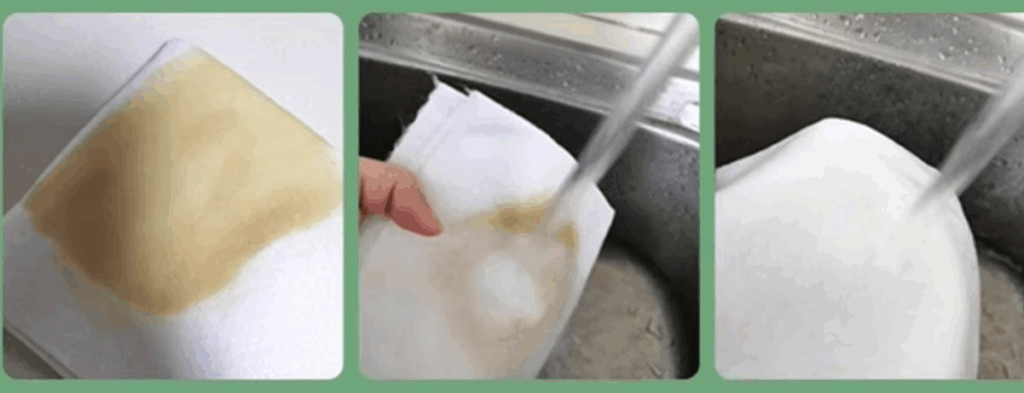
What’s Next in Kitchen Cleaning?
Cleaning is always getting smarter! What cool things might we see soon?
- Smart Cloths: Imagine cloths with tiny microbial sensors! This smart sanitation tech could connect to the internet (IoT Hygiene Monitoring). If they detect too many germs, they could send real-time contamination alerts to a manager’s phone! Computers using AI-driven sanitation analytics could track how well cleaning is working. About 45% of kitchens might adopt these by 2026.
- Self-Cleaning Stuff: New paints or coatings (photocatalytic coatings using PCO Technology) could help surfaces clean themselves using light! This works well with antimicrobial surfaces that already fight germs.
- Greener Materials: Scientists are creating new bioplastic innovations from things like algae. These could be even better for the Earth and have good thermal stability (handle heat). Maybe cold plasma sanitation (using special gas) will become popular.
- Better Rules: Expect rules about hygienic equipment design to get stronger, pushing for easier-to-clean tools. Rules about single-use items will also adapt, supporting circular economy frameworks. Keeping kitchens clean also involves pest control integration, kitchen air purification, and slip-resistant surfaces. Maybe we’ll see more touchless cleaning systems.
Using disposable dish wipes cleaning cloth for kitchen is part of this modern, safer approach.
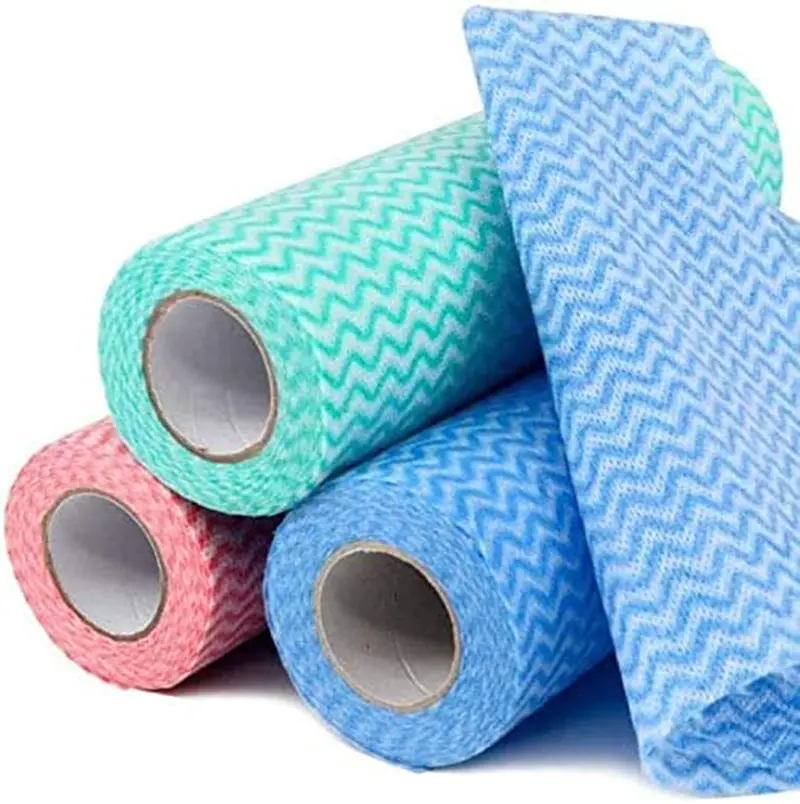
Common Questions People Ask (FAQs)
- Q: Are throw-away dishcloths truly good for our planet?
- A: It depends! Look for certified compostable cloths and use industrial composting. Recyclable wipes need proper polymer recycling. Simple plastic ones are not great unless the waste goes to waste-to-energy conversion. Check dishcloth biodegradability claims. Look for trusted eco-labels. Focus on waste reduction strategies and circular economy models.
- Q: Can they handle really greasy messes in busy kitchens?
- A: Yes! Pick ultra-durable wipes made for grease removal technologies. Look for oil-absorbent fibers and check tensile strength testing results. They work well with strong industrial-grade sanitizers needed for high-traffic kitchen cleaning.
- Q: Can I use them with hot pans or steam?
- A: Usually no. Most standard disposables can’t handle high heat. Look specifically for heat-resistant cloths with good thermal stability if you need high-temperature resistance. Check the package first. They are great for cold-chain sanitation though.
Wrapping It Up: A Cleaner, Safer Tomorrow
Disposable dishcloths are making a big, positive change in commercial cleaning practices. They tackle the dangerous problem of germs spreading (cross-contamination prevention). They help kitchens follow important food safety compliance rules like HACCP. Plus, they save time and money through labor cost reduction.
We need to choose the right types – like compostable or recyclable wipes – to help the planet. But the benefits for kitchen hygiene are huge. They stop pathogen spread and improve sanitation protocols. This is more important than ever with post-pandemic protocols.
From restaurants to schools to hospitals, these single-use cloths are a vital part of the future of kitchen hygiene. They work alongside other cool tech like antimicrobial surfaces, touchless cleaning systems, and maybe soon, smart sanitation tech. It’s a good time to look at your own kitchen cleaning tools and ask: are they keeping food as safe as possible?

